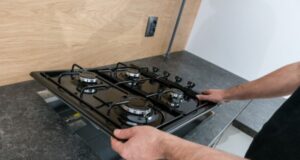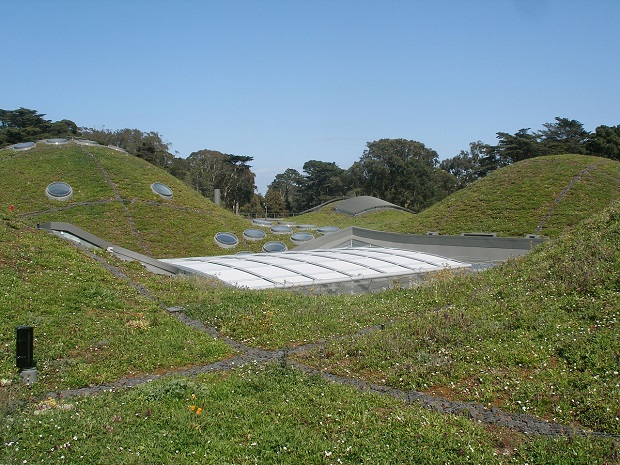
There was a time when all construction was green. Nomadic people of the steppes relied on felt and wooden yurts as they followed their herds. Archaeologists in Ireland and Galicia are reconstructing Celtic roundhouses which had straw bale and mud walls and literally green roofs. On the other side of the Atlantic, indigenous peoples of Mesoamerica and the Spanish perfected the breathable adobe buildings. With the development of industry and transport, naturally acquired local materials gave way to man-made solutions which were cheaper and faster to obtain. However, with increased environmental consciousness and the need for reduced emissions and waste, the construction industry is once again turning to more environmentally-friendly materials and technologies.
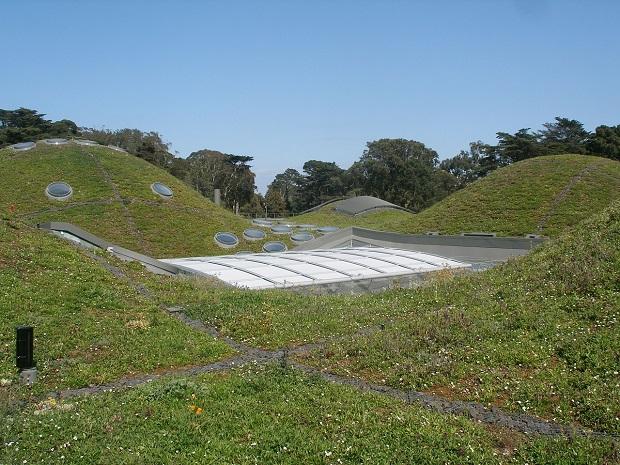
Hardly more sustainable than earth
You’d be pressed hard to find a material that is more local and more sustainable than earth. New technologies have made it possible to have a concrete-like durability using nothing but rammed dirt. Known and used in construction since ancient times, earth is compressed tightly in wooden forms and reinforced with rebar or bamboo. Mechanical tampers used for ramming reduce the once laborious process of compacting to create sturdy walls.
Tough concrete fibres
Hempcrete is a product with a transparent name – a concrete-like material reinforced with woody inner fibres of the hemp plant. The fibres are bound by lime to create building blocks that are both strong and lightweight. This means that much greater quantity of these block can be moved in a single transport, which reduces the energy used to relocate them to a building site. Hempcrete is a perfect example of a fast-growing, renewable resource.
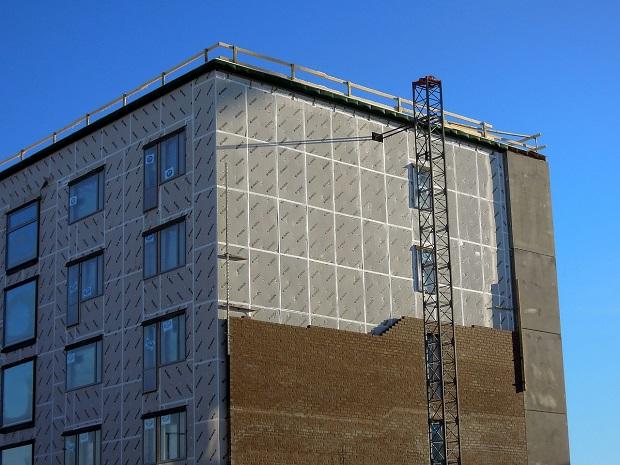
Cross-ventilation architecture
Not all green solutions are based on new materials. Sometimes, the building’s design is tweaked towards better energy efficiency, which leads to reduced emissions. Pioneered by DMCI Homes, the Lumiventt Technology is gaining popularity in the cities and business districts of the Philippines. This architectural approach brings the most out of natural light and free-flowing air into high-rise condos. Using three-story garden atriums every five floors, and vents at both sides of the building, the basic principles of airflow are translated into a breathable building design.
Strength from the steel mills
Novel materials like Ferrock are being researched as a substitute for concrete. A mixture of recycled materials including steel dust from the steel industry is used to create a concrete-like building material stronger even than concrete. Among other desirable properties, this unique material was found to absorb and trap carbon dioxide as it naturally dries and hardens. This makes it not only less CO2 intensive than ‘vanilla’ concrete, but also carbon neutral.
Prefabricated steel formworks
Construction site emissions are becoming a problem, especially in densely populated areas. Completing one construction phase faster means the builders can move onto the next one and in succession, complete the project in less time. By using cold-formed steel hobs that are manufactured and delivered to your site specifications, you’ll be able to complete the floors faster than by using traditional, nailed timber hobs. Unlike timber ply, which has to be stripped after the concrete sets, permanent formwork remains in the structure, with zero waste on site. In addition, steel hobs are straight and precisely cut, so there’s no risk of warping or bending as the concrete sets.
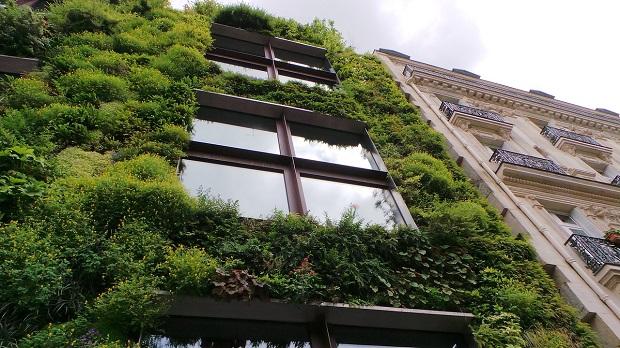
Cool roof on the block
Made with special shingles and reflective paint, these roofs have high solar reflectance and thermal emittance. In unison, these properties ensure that less heat is absorbed and transferred to the living areas below. In addition to lowering the need for AC systems and energy use, as well as increasing comfort for the occupants, green roofs were found to reduce the island heat effect of the suburbs.
Timber + concrete = Timbercrete
Similar in its structure to Hempcrete, Timbercrete is a material made of sawdust and concrete mixed together. It’s much lighter than concrete, so it can be transported easily, with reduced emissions. Ingeniously, the sawdust component both reuses the product which would otherwise be wasted and replaces some energy-intensive components in traditional concrete. Just like regular concrete, Timbercrete can be moulded into traditional shapes like blocks, pavers and bricks.
Fast-growing bamboo trend
Although trending a lot in the last couple of years, bamboo has been a locally-sourced building material for more than a millennia. Its high tensile strength, light weight and fast growth make it an ideal sustainable building material. Although we may not live to see it being used in high-rise and industrial construction, bamboo has been recognised as a perfect substitute for expensive and heavy import materials for framing buildings and shelters, especially in low-income areas and post disaster-building in regions with access to naturally-sourced bamboo.
Turning the green page brings a number of advantages that both businesses and homeowners cannot ignore. Some of these materials and technologies reduce the site emissions and reduce waste in production, the others work in the long run, increasing the energy efficiency of the building.


